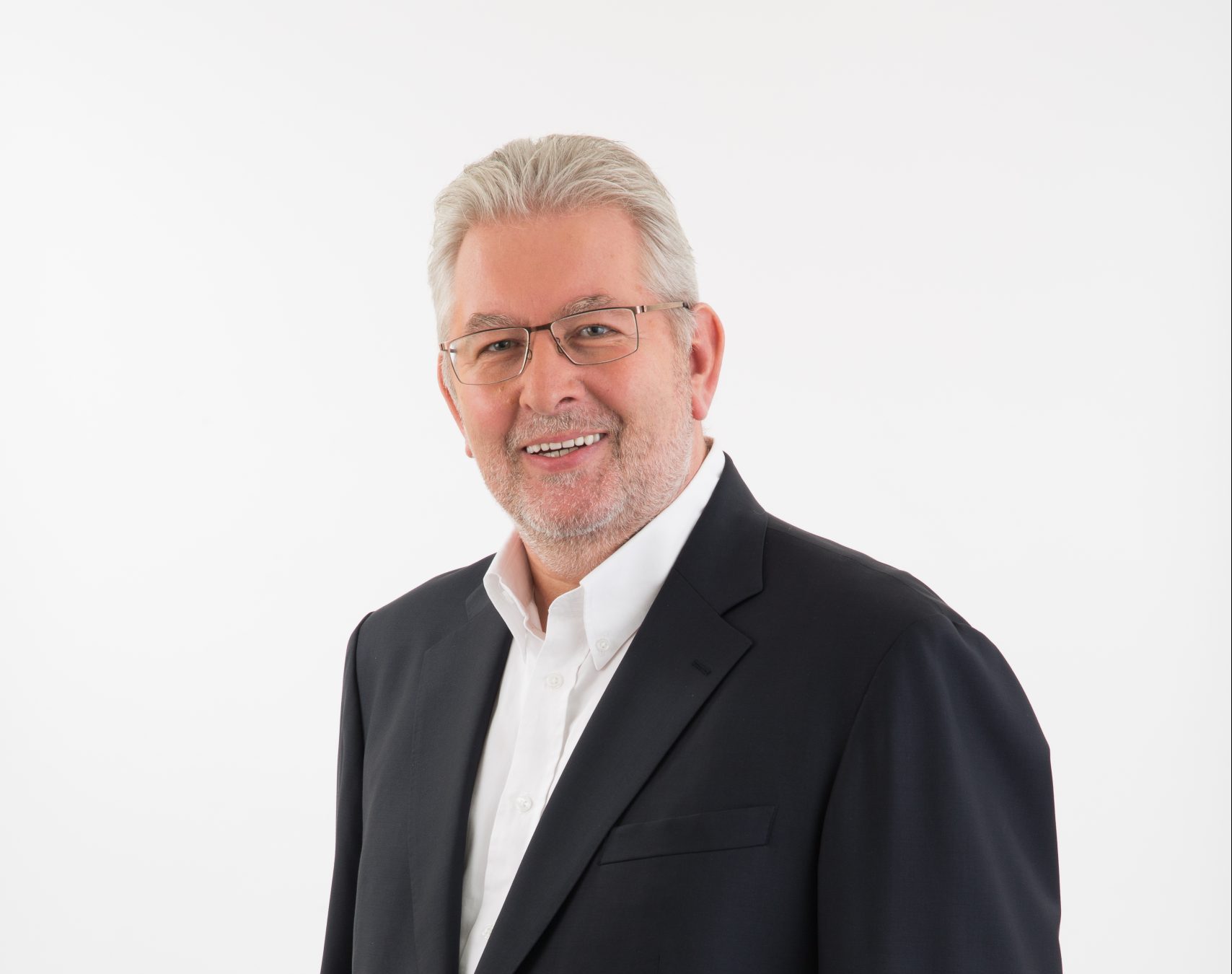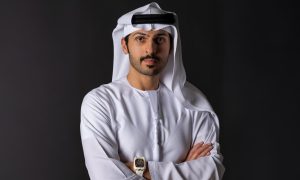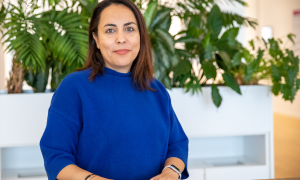Over the course of the last thirty years, Singapore-based United Test and Assembly Centre Group has grown from a local company to a global leader in assembly and test services for semiconductor chips. We spoke to President and CEO Dr William John Nelson to talk about embracing expansion while retaining identity.
In the modern world, semiconductors—materials whose ability to conduct electricity between that of a conductor, such as copper, and an insulator, such as glass—are ubiquitous. They are incorporated into a multitude of electronic devices, enabling technologies in communication, computing, healthcare, military systems, transport, energy and many more. As a result, the global market covers a wide range of everything from manufacture to application to testing, finally also enabling the Internet of Everything.
Headquartered in Singapore since 1997 with production facilities in China, Malaysia, Thailand, Indonesia and of course, Singapore, the United Test and Assembly Centre Group (UTAC) has established itself as a force in this increasingly important niche. Since its early days, a series of acquisitions have seen UTAC blossom into a forward-looking company with a diverse offering and inter-continental reach.
A New Challenge
Current company president and CEO Dr William John Nelson joined UTAC in 2012. Arriving in Singapore following thirty years of executive success in a variety of roles within the sector, he was nonetheless excited by the new challenge.
“I had worked in different areas within the semiconductor industry,” Dr John Nelson explains. “I worked for some larger players and some start-ups. Interestingly, UTAC was a supplier to my previous company (ON Semiconductor). That gave me an opportunity to observe UTAC from a customer perspective over an extended period of time.”
Clearly, at that time, Dr Nelson had no idea he would later join UTAC, but his experience working with them as a customer led to certain insights. Although he was impressed with much of their operation, especially product quality, there were also aspects he felt could be improved.
"One thing I identified as an area of development was service."
“For a lot of semiconductor companies, their work is all about the technology. Though technology is important, I thought it also needed to be about servicing the customers and continuously fostering relationships with them. This is important in every industry and also the level of service and the breadth of relationship is what differentiates companies such as ours and drives success.”
As a result, on making the switch into his current role, Dr Nelson saw a possibility to stamp his mark on a company which was already performing well. From his perspective, there was scope to improve and perform better. This required a new focus and a cultural shift—in that line, the new CEO’s priorities were added to those already in place.
Setting priorities
“I’m very KPI (key performance indicator) driven, so the first step was to set up some meaningful and achievable KPIs within the company. These operated across all levels of the organisation and encompassed quality, customer satisfaction and financial performance.”
These KPIs became the driver for bonus payments to all UTAC employees, including Dr Nelson himself. So successful was this policy that the same KPIs remain in place today, some ten years later. However, other aspects of UTAC’s operations also required the new CEO’s attention.
The way in which the company had grown, via a series of international acquisitions across South and Southeast Asia, created something of a splintered feel. UTAC’s various entities retained very individual identities without coalescing into a unified entity.
“This was something I identified straight away,” Dr Nelson explains. “The company lacked synergy. Each individual entity had its own practices, its own technology roadmap. All the different sites handled their own procurement and pricing. There was even an element of competition still, with different sites trying to attract the same customers. So this was something I really had to tackle.”
A unified approach
Having made this observation, the new CEO set about creating a more centralised structure. Things like research and development or matters relating to the supply chain and marketing required a unified approach. The effects of this, which amounted to a form of restructuring, were immediately apparent, leading to impressive results. Despite the downturn caused by the coronavirus pandemic, which negatively impacted almost every company in every sector globally, UTAC has turned out some eye-catching recent figures. The last two years have seen a doubling of revenue, for example. Such buoyancy points towards a level of positivity, heading in the right direction into the future.
“The semiconductor industry does tend to be cyclical,” Dr Nelson explains. “It’s tied in with GDP and the global economy like everything else. So we are expecting a relatively slower year in 2023. Nonetheless, I am also expecting to see seven to ten percent annual growth over the next five-year period. As I mentioned before, this company has tended to grow in the past via acquisition, and that’s something we remain interested in. If we see opportunities which we believe can add to our manufacturing portfolio and add value to our customers, then of course we will explore those.”
Necessary measures
Contained within that overall projection sits a variety of micro-plans, one of which revolves squarely around cost reduction. With consumers always eager for as much value as possible with regard to pricing, UTAC is a company which constantly seeks ways to reduce costs and routinely pass on the relevant savings to customers. Various methods are being continually explored to facilitate this. However, the last few years have been tough with cost increasing almost across the board across all indices such as raw materials, utilities as well as labour.
Operational efficiency is very much one area of focus in this regard. Dr Nelson has established teams working across UTAC’s sites, whose remit is to identify improvements to existing equipment, with the aim of streamlining the company’s operations as much as possible. Water efficiency and water recycling play a large part in this, helping achieve sustainability goals at the same time. Increased automation is another increasingly popular solution, and UTAC is one of the few OSAT (outsourced semiconductor assembly and test) companies that has its own in-house automation team.
“All this is very important,” Dr Nelson stresses. “For example, quality control. Once upon a time, this was done with the human eye, through a microscope, checking for defects. Now we have cameras equipped with artificial intelligence to perform these tasks. It’s a win-win. Not only do these cameras save us on cost, but they also perform the task to a higher standard, thereby giving us several increments of quality improvement. This means ultimately, we are delivering a superior product more cost-effectively.”
Looking toward the future
Yet alongside the more visionary aspects of UTAC’s approach lie other fundamental principles. Dr Nelson is clear that “business is built on long-term relationships.” Indeed, many of the company’s partners on both sides of the supply chain have worked closely with UTAC for 25 years or more, demonstrating a commitment to more traditional values.
The marrying of these two sides, the forward thinking and the improved corporate culture, is what gives UTAC its current identity, enabling its continuous upward trajectory.
“Our company has a very strong reputation in its field in terms of quality and response,” Dr Nelson concludes. “This will continue over the decades. Our international footprint gives us a competitive advantage over the competition, and we encourage our customers to engage with us for the long term. That is what we are all about.”
Click here to read and download the full article.







